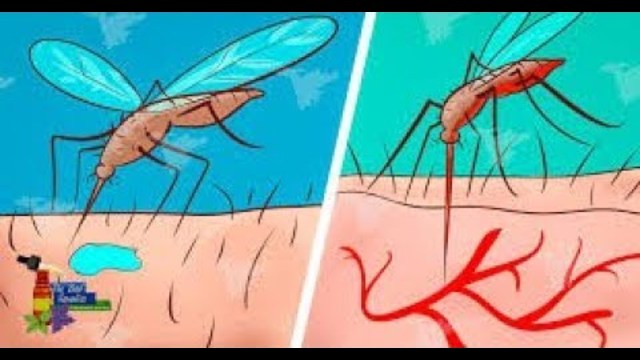Mosquito bite like bumps on body. Itchy Bumps on Skin: Causes, Symptoms, and Treatments for Mosquito Bite-Like Rashes
What causes itchy bumps that look like mosquito bites. How to identify different skin conditions causing itchy rashes. When to seek medical attention for unexplained skin bumps. What are the most effective treatments for various types of itchy skin rashes.
Common Causes of Itchy Bumps Resembling Mosquito Bites
Itchy bumps on the skin that resemble mosquito bites can be caused by various conditions, ranging from allergic reactions to infections. Understanding the underlying cause is crucial for proper treatment and relief. Let’s explore some of the most common culprits behind these mysterious skin bumps.
Hives (Urticaria)
Hives, medically known as urticaria, are a common skin condition affecting approximately 20% of people at some point in their lives. These raised, itchy welts can appear suddenly and disappear just as quickly, often lasting for less than 24 hours in one spot.
What triggers hives? Common causes include:

- Food allergies (e.g., peanuts, tree nuts, seafood)
- Environmental allergens (pollen, latex)
- Insect stings or bites
- Medications (sulfa drugs, aspirin)
- Stress or extreme temperatures
How can hives be treated? Treatment options for hives include:
- Avoiding known triggers
- Over-the-counter antihistamines
- Anti-itch lotions
- Prescription medications for severe cases
- Carrying an epinephrine auto-injector for severe allergic reactions
Bed Bug Bites: Sneaky Culprits of Itchy Skin
Bed bug bites can easily be mistaken for mosquito bites, as they often appear as small, itchy red bumps on the skin. However, there are some key differences to look out for when identifying bed bug bites.
How can you differentiate bed bug bites from other insect bites? Look for these signs:
- Bites arranged in a straight line or cluster
- Presence of blood spots on bedding
- A musty odor in the bedroom
- Visual evidence of bed bugs on mattresses or furniture
Are bed bug bites dangerous? While bed bug bites are generally not harmful, they can cause significant discomfort and stress. In rare cases, some individuals may experience allergic reactions to bed bug bites, requiring medical attention.

Contact Dermatitis: When Your Skin Rebels Against Touch
Contact dermatitis is an inflammatory skin condition that occurs when the skin comes into contact with an irritant or allergen. This reaction can result in itchy, red bumps that may resemble mosquito bites.
What are the most common triggers for contact dermatitis? Some frequent culprits include:
- Metals (e.g., nickel in jewelry)
- Latex
- Household cleaning products
- Cosmetics and skincare products
- Poison ivy or other plants
How long does contact dermatitis last? Symptoms typically develop within 1-2 days of exposure and can persist for 2-3 weeks. Avoiding the triggering substance is crucial for preventing future outbreaks.
Scabies: The Microscopic Mite Menace
Scabies is a highly contagious skin infestation caused by the human itch mite. These tiny parasites burrow into the upper layer of the skin, causing intense itching and a rash that can resemble mosquito bites.
How is scabies transmitted? Scabies spreads through close skin-to-skin contact with an infected person. It can also spread through sharing bedding, clothing, or towels with someone who has scabies.
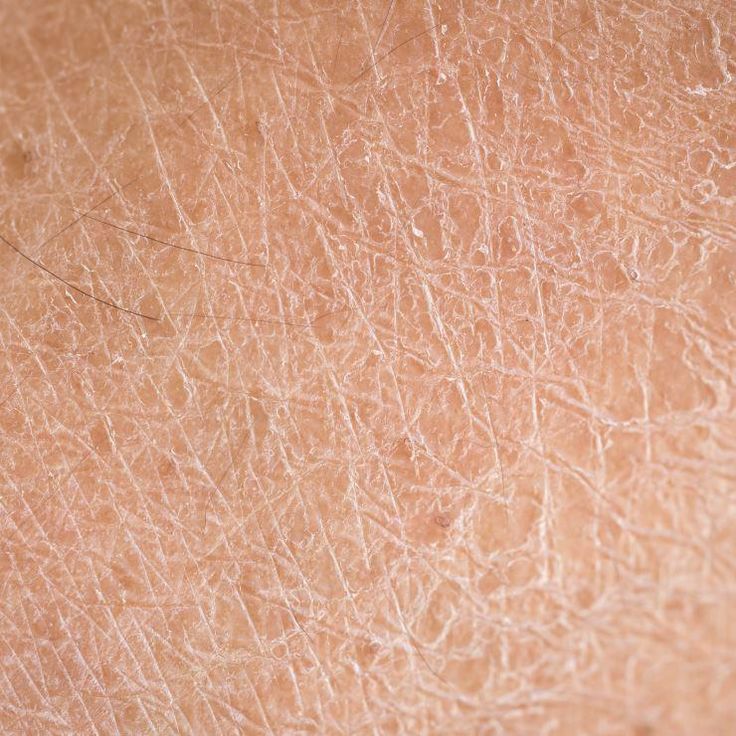
What are the telltale signs of scabies?
- Intense itching, especially at night
- Small, red, itchy bumps on the skin
- Visible burrow tracks on the skin’s surface
- Common affected areas include finger webs, wrists, elbows, and genitals
Eczema: The Chronic Itch That Won’t Quit
Eczema, also known as atopic dermatitis, is a chronic skin condition characterized by dry, itchy, and inflamed skin. While eczema typically presents as patches of red, scaly skin, it can sometimes manifest as small, itchy bumps that resemble mosquito bites.
Who is most at risk for developing eczema? Eczema often runs in families and is more common in people with a history of allergies or asthma. Children are particularly susceptible, with many developing symptoms before the age of five.
How can eczema be managed effectively? Treatment strategies for eczema include:
- Moisturizing the skin regularly
- Identifying and avoiding triggers
- Using topical corticosteroids to reduce inflammation
- Taking oral antihistamines to relieve itching
- Implementing stress-reduction techniques
Heat Rash: When Your Sweat Glands Revolt
Heat rash, also known as prickly heat or miliaria, occurs when sweat ducts become blocked, trapping sweat beneath the skin. This condition can cause small, itchy bumps that resemble mosquito bites, particularly in hot and humid climates.

What causes heat rash to develop? Heat rash is typically triggered by:
- Hot, humid weather
- Intense physical activity
- Tight-fitting clothing
- Overdressing
- Prolonged bed rest
How can heat rash be prevented and treated? To avoid and manage heat rash:
- Wear loose, breathable clothing
- Stay in air-conditioned environments when possible
- Use cool compresses on affected areas
- Keep the skin dry and clean
- Apply calamine lotion or other soothing topical treatments
When to Seek Medical Attention for Itchy Skin Bumps
While many cases of itchy skin bumps can be managed at home, there are instances where professional medical advice is necessary. It’s important to recognize the signs that indicate a need for medical attention.
When should you consult a healthcare provider for itchy skin bumps? Seek medical help if:
- The rash persists for more than two weeks despite home treatment
- You experience severe itching that interferes with daily activities or sleep
- The rash is accompanied by fever, pain, or other systemic symptoms
- You notice signs of infection, such as pus, warmth, or increasing redness
- The rash spreads rapidly or covers a large area of your body
- You have a known allergy and experience symptoms of anaphylaxis
Diagnostic Approaches for Mysterious Skin Bumps
How do healthcare providers diagnose the cause of itchy skin bumps? Diagnosis typically involves:
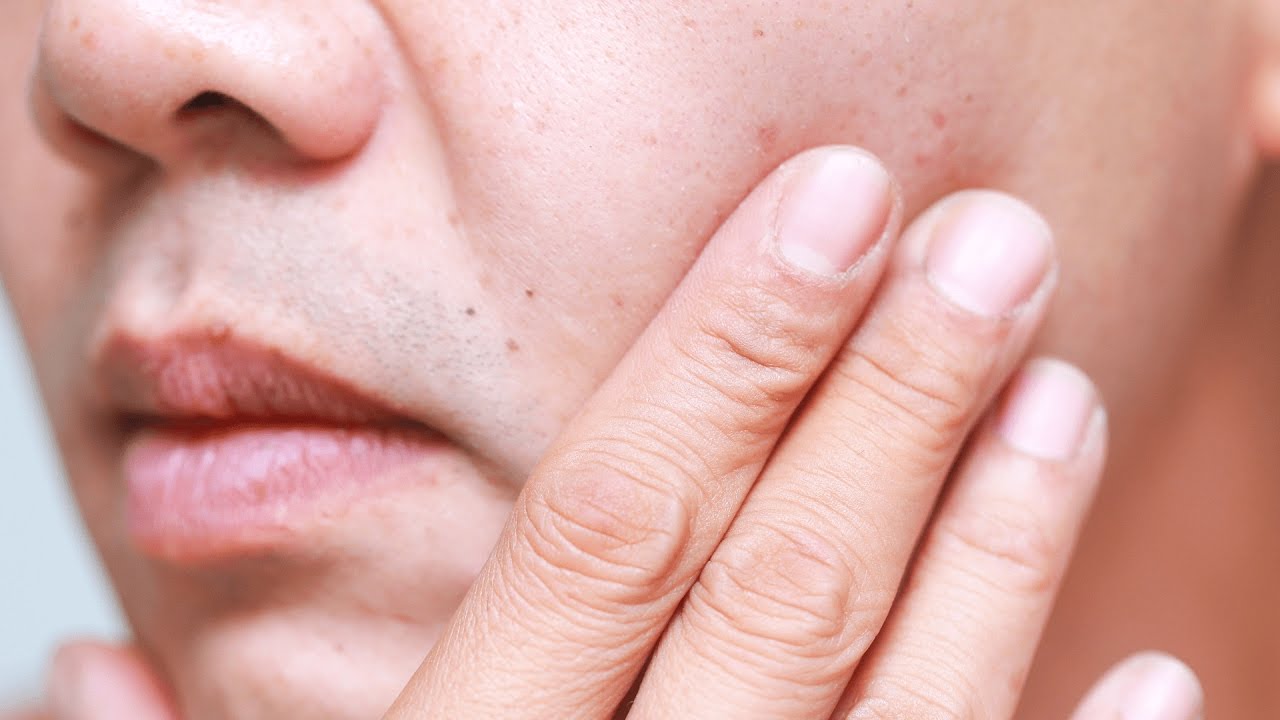
- A thorough medical history and physical examination
- Skin scrapings or biopsies to identify pathogens or cellular abnormalities
- Allergy tests to identify potential triggers
- Blood tests to check for underlying systemic conditions
- In some cases, patch testing to identify contact allergens
Effective Treatment Strategies for Itchy Skin Conditions
While the specific treatment for itchy skin bumps depends on the underlying cause, there are several general strategies that can provide relief and promote healing.
Over-the-Counter Remedies
What are some effective OTC treatments for itchy skin bumps?
- Antihistamines (e.g., cetirizine, loratadine) to reduce itching and inflammation
- Hydrocortisone creams to alleviate itching and swelling
- Calamine lotion to soothe irritated skin
- Moisturizing creams or ointments to hydrate and protect the skin
- Cool compresses to reduce inflammation and provide temporary relief
Prescription Medications
When might prescription medications be necessary for treating itchy skin bumps? Healthcare providers may prescribe:
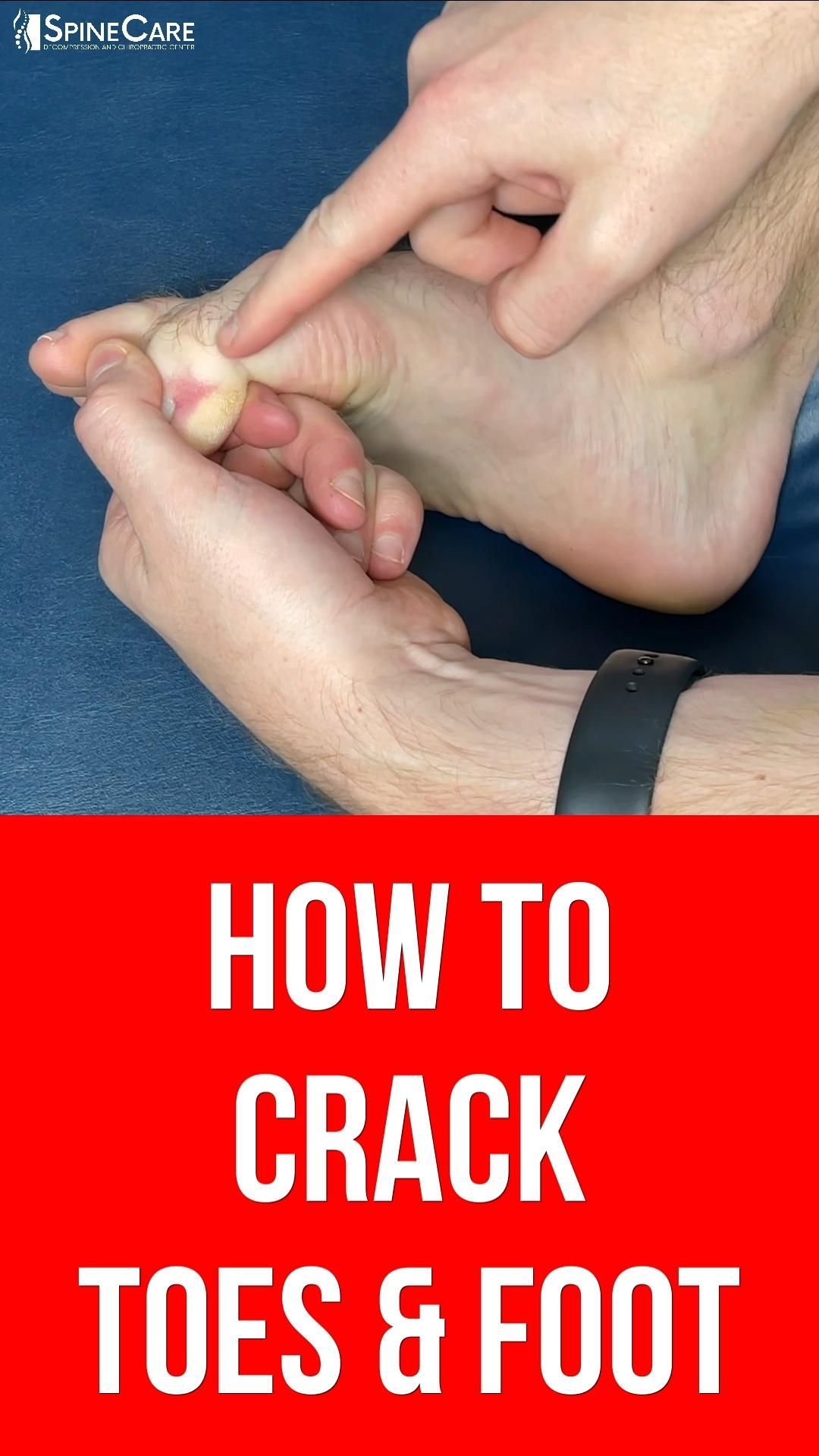
- Stronger antihistamines for severe allergic reactions
- Topical or oral corticosteroids for intense inflammation
- Immunomodulators for chronic conditions like eczema
- Antibiotics or antifungal medications for infections
- Specialized treatments for specific conditions (e.g., permethrin cream for scabies)
Lifestyle Modifications and Home Remedies
How can lifestyle changes help manage itchy skin conditions?
- Avoiding known triggers and allergens
- Using gentle, fragrance-free soaps and detergents
- Taking lukewarm baths with colloidal oatmeal or baking soda
- Wearing loose-fitting, breathable clothing
- Managing stress through relaxation techniques or meditation
- Maintaining a healthy diet rich in anti-inflammatory foods
By understanding the various causes of itchy bumps on the skin and implementing appropriate treatment strategies, individuals can find relief from discomfort and prevent future outbreaks. Remember, persistent or severe symptoms should always be evaluated by a healthcare professional to ensure proper diagnosis and treatment.
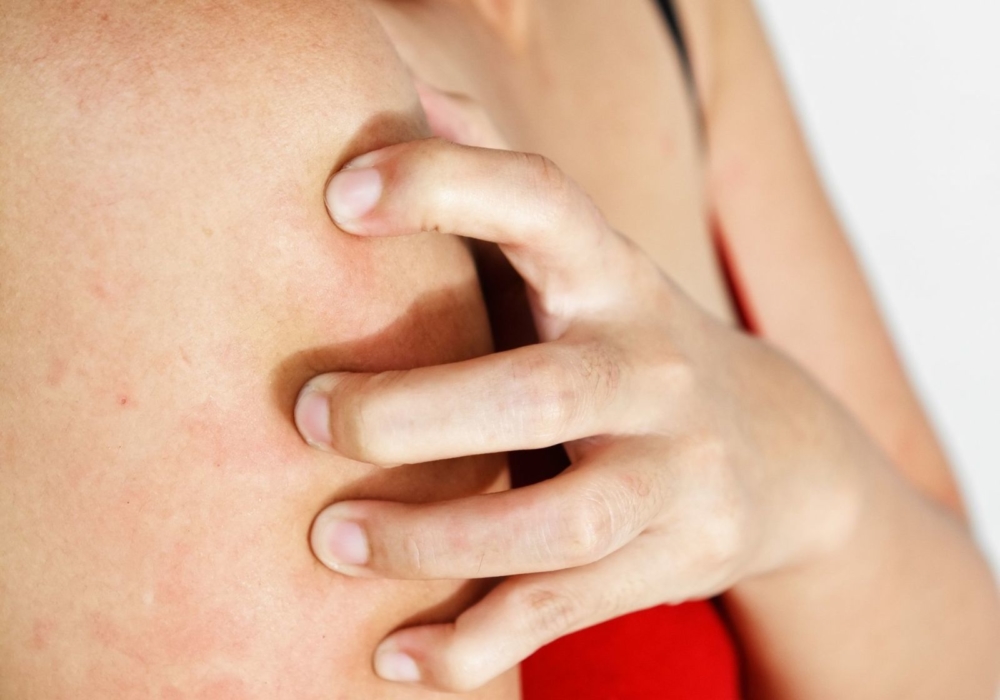
Itchy bumps on skin like mosquito bites: What are they?
Several skin conditions can cause itchy lumps that resemble bug bites. These include allergic reactions, infections, and chronic conditions.
Most people experience this symptom at some point. Itchy bumps can appear as a result of allergies, infections, insects, and, sometimes, nonidentified factors.
However, there is one general principle that the American College of Allergy, Asthma & Immunology recommend people to follow when their skin itches: Do not scratch it.
Additional general self-care practices for itchy skin include:
- bathing frequently in lukewarm water
- using gentle, hypoallergenic soap
- limiting exposure to the sun
- applying cold compresses
- avoiding tight clothing in areas where itchy bumps appear
Understanding the different conditions that can cause itchy bumps on the skin can help people get appropriate treatment. Depending on the cause, treatment can range from avoiding certain foods to taking prescription medications.
Keep reading to learn more about some common causes of itchy bumps that look like mosquito bites and how to treat them.
The medical term for hives is urticaria, and it describes a condition that produces raised itchy areas on the skin. If a person notices bumps on the skin that resemble mosquito bites but has not had any exposure to mosquitos, the cause is probably acute urticaria. The term “acute” means that the condition does not last longer than 6 weeks.
Hives are very common, affecting about 20% of people at some point in their lives. Certain kinds of foods, such as peanuts, tree nuts, and seafood, cause hives in many people due to an allergic reaction. Latex, pollen, insects, various plants, and some medications, such as sulfa drugs or even aspirin, may also cause hives.
Hives cause characteristic red, purple, or skin colored itchy bumps that appear and disappear quickly anywhere on the body. These bumps typically turn white or disappear when a person presses them.
Treatment
The treatment for hives depends on the severity and cause of the rash, but it includes avoiding known triggers. People who are extremely allergic to a trigger — for example, peanuts or certain insects — may need to carry an epinephrine auto-injector, such as an Epipen. This device can stop a potentially life threatening reaction if a person has accidental contact with a known allergen.
Anti-itching lotions and over-the-counter (OTC) antihistamines can provide relief for mild symptoms, while more intense outbreaks may require stronger prescription versions of these drugs or corticosteroids.
Learn more about hives here.
According to the Centers for Disease Control and Prevention (CDC), bed bug bites can resemble bites from other bugs, although they can take as long as 2 weeks to materialize.
People who notice itchy bumps on the skin that resemble mosquito bites should check for:
- other signs of bed bugs
- bed bugs themselves on a mattress or sheet
- dead bed bugs
- blood spots on a mattress or sheet
- the characteristic musty smell associated with bed bugs
If the bites appear in a straight line, they are likely to be due to bed bugs. However, bed bug bugs can also appear in more random formations.
However, bed bug bugs can also appear in more random formations.
Treatment
Unless someone has a severe allergic reaction, experts recommend simple self-care practices to treat any bites. These include not scratching, applying OTC antiseptic ointments, and taking antihistamines.
Learn more about bed bugs here.
Contact dermatitis is essentially an allergic reaction that develops when a person’s skin comes into contact with something to which they are allergic, such as latex or certain metals or household products.
It can take 1–2 days for the reaction to develop and 2–3 weeks for symptoms to disappear. Contact dermatitis may hurt as much as it itches, and it may present with inflammation and blisters.
Treatment
Self-care with cold compresses, calamine lotion, and soothing baths can help provide relief.
Prescription medication, such as antihistamines and cortisone, may be necessary if the reaction is severe.
Working with healthcare professionals can help people identify their triggers, which can be complicated.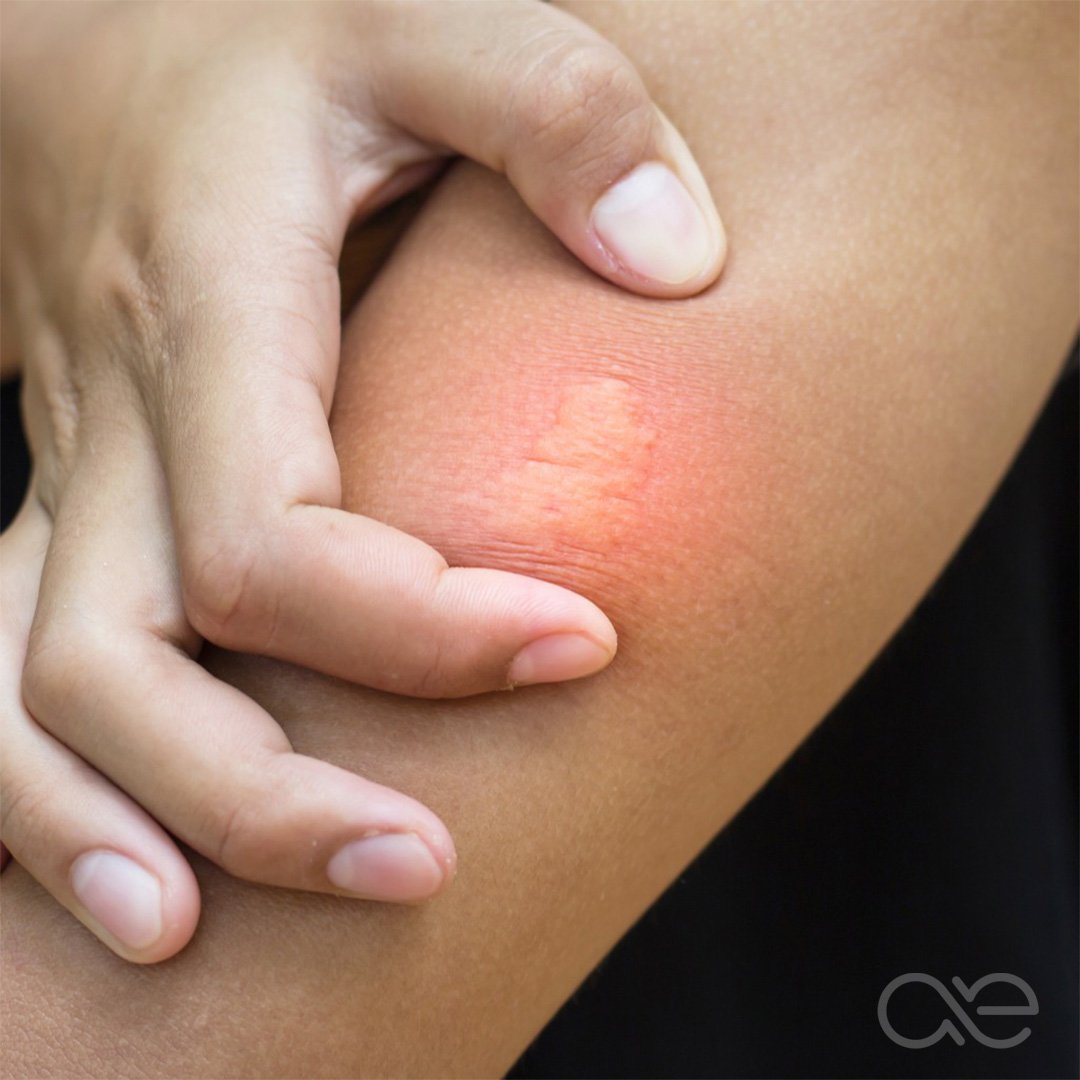
According to the American Academy of Allergy, Asthma & Immunology, there are more than 3,700 substances known to cause contact allergies. Avoiding triggers is a key part of managing contact dermatitis, along with thoroughly washing the affected area with soap and water after exposure happens.
Learn more about contact dermatitis here.
The human itch mite is responsible for scabies. This mite digs its way through the top layer of the skin and lays eggs. Its tunnels can sometimes be visible on the surface of the skin, where they appear as raised, crooked, skin colored lines. However, the most common symptom of scabies is itchy bumps on the skin. These are like mosquito bites, only smaller.
Sites of the body that this very itchy condition commonly affects include the wrists, the elbows, between the fingers, and behind the knees.
Treatment
Only a prescription lotion will treat scabies effectively, and individuals need to follow the application directions exactly.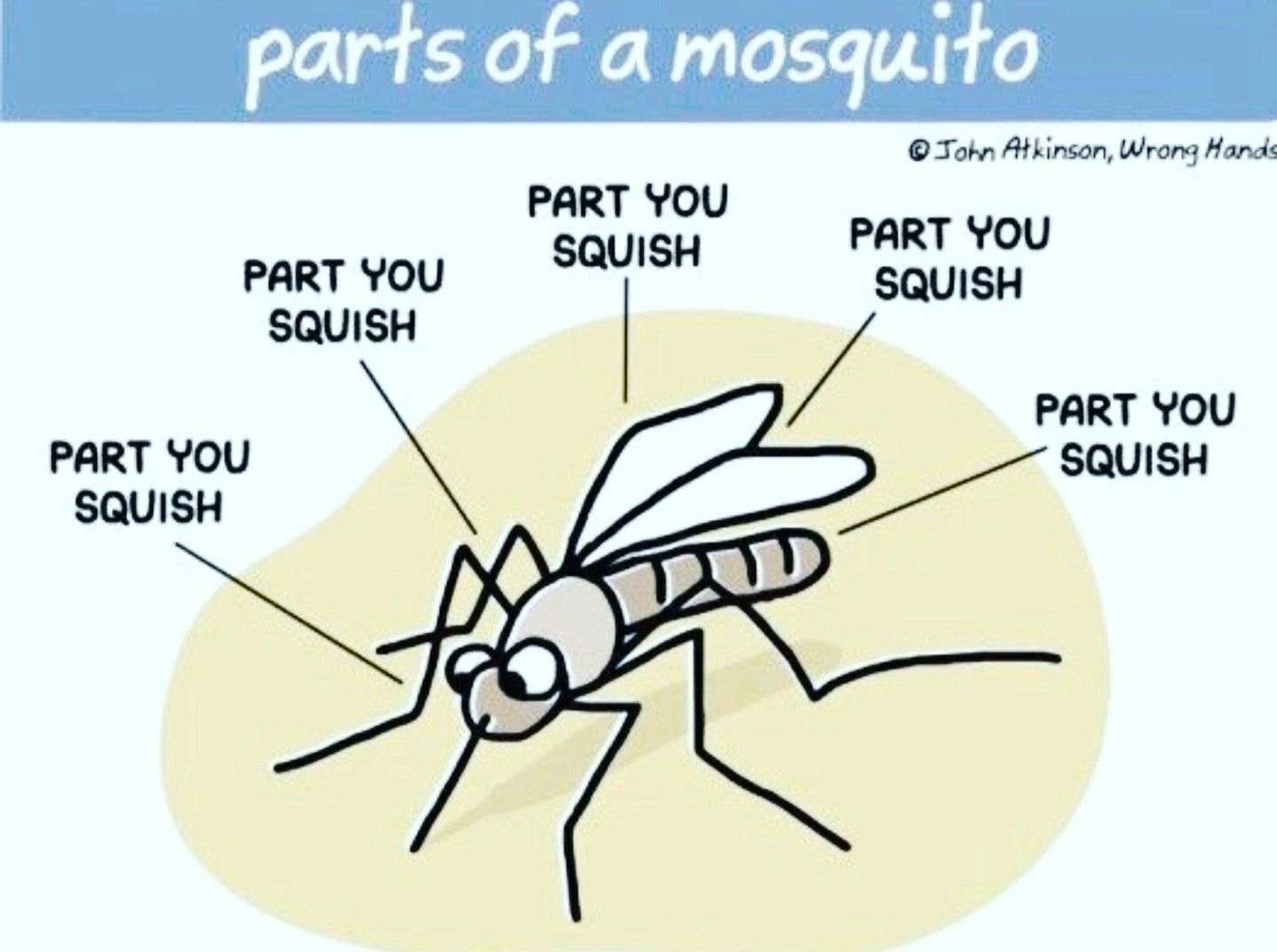 Anyone who has had extensive skin-to-skin contact with someone with scabies should also seek treatment.
Anyone who has had extensive skin-to-skin contact with someone with scabies should also seek treatment.
It is very important that people with scabies thoroughly wash and dry all of their clothes, towels, sheets, bedding, and other household items. Other remedies for scabies may also help.
Learn more about scabies here.
Also known as atopic dermatitis, this common condition causes itchy, red, irritated skin that can sometimes develop bumps. In the long term, it can make the skin thicker, scaly, and flaky, as well as causing it to change color.
Scratching makes eczema worse and increases the risk of infection. Eczema occurs due to a combination of genetic and environmental factors, which prompt the immune system to overreact to certain triggers, such as laundry soap or sweating. It typically affects the face, elbows, knees, scalp, and backs of the hands.
Treatment
According to the National Eczema Association, treating eczema calls for a mix of self-care, OTC drugs, and prescription medications. People with eczema can identify and learn to manage or avoid triggers for their outbreaks.
People with eczema can identify and learn to manage or avoid triggers for their outbreaks.
Changing bathing practices and using moisturizer can also help. Prescription lotions, systemic medications, UVB light, and biologics can address more severe symptoms.
Learn more about the different types of eczema here.
Skin problems, such as itchy bumps on the skin similar to mosquito bites, can range from mild to severe.
Some issues, including bed bug bites, can be fleeting, while others, such as allergic reactions to certain foods, are signs of a permanent condition. However, most skin problems generally respond well to treatment.
If the symptoms do not improve with self-care practices, people should see a medical professional to determine what is causing the outbreak and how to treat it.
Itchy bumps on skin like mosquito bites: What are they?
Several skin conditions can cause itchy lumps that resemble bug bites. These include allergic reactions, infections, and chronic conditions.
Most people experience this symptom at some point. Itchy bumps can appear as a result of allergies, infections, insects, and, sometimes, nonidentified factors.
However, there is one general principle that the American College of Allergy, Asthma & Immunology recommend people to follow when their skin itches: Do not scratch it.
Additional general self-care practices for itchy skin include:
- bathing frequently in lukewarm water
- using gentle, hypoallergenic soap
- limiting exposure to the sun
- applying cold compresses
- avoiding tight clothing in areas where itchy bumps appear
Understanding the different conditions that can cause itchy bumps on the skin can help people get appropriate treatment. Depending on the cause, treatment can range from avoiding certain foods to taking prescription medications.
Keep reading to learn more about some common causes of itchy bumps that look like mosquito bites and how to treat them.
The medical term for hives is urticaria, and it describes a condition that produces raised itchy areas on the skin. If a person notices bumps on the skin that resemble mosquito bites but has not had any exposure to mosquitos, the cause is probably acute urticaria. The term “acute” means that the condition does not last longer than 6 weeks.
Hives are very common, affecting about 20% of people at some point in their lives. Certain kinds of foods, such as peanuts, tree nuts, and seafood, cause hives in many people due to an allergic reaction. Latex, pollen, insects, various plants, and some medications, such as sulfa drugs or even aspirin, may also cause hives.
Hives cause characteristic red, purple, or skin colored itchy bumps that appear and disappear quickly anywhere on the body. These bumps typically turn white or disappear when a person presses them.
Treatment
The treatment for hives depends on the severity and cause of the rash, but it includes avoiding known triggers. People who are extremely allergic to a trigger — for example, peanuts or certain insects — may need to carry an epinephrine auto-injector, such as an Epipen. This device can stop a potentially life threatening reaction if a person has accidental contact with a known allergen.
People who are extremely allergic to a trigger — for example, peanuts or certain insects — may need to carry an epinephrine auto-injector, such as an Epipen. This device can stop a potentially life threatening reaction if a person has accidental contact with a known allergen.
Anti-itching lotions and over-the-counter (OTC) antihistamines can provide relief for mild symptoms, while more intense outbreaks may require stronger prescription versions of these drugs or corticosteroids.
Learn more about hives here.
According to the Centers for Disease Control and Prevention (CDC), bed bug bites can resemble bites from other bugs, although they can take as long as 2 weeks to materialize.
People who notice itchy bumps on the skin that resemble mosquito bites should check for:
- other signs of bed bugs
- bed bugs themselves on a mattress or sheet
- dead bed bugs
- blood spots on a mattress or sheet
- the characteristic musty smell associated with bed bugs
If the bites appear in a straight line, they are likely to be due to bed bugs. However, bed bug bugs can also appear in more random formations.
However, bed bug bugs can also appear in more random formations.
Treatment
Unless someone has a severe allergic reaction, experts recommend simple self-care practices to treat any bites. These include not scratching, applying OTC antiseptic ointments, and taking antihistamines.
Learn more about bed bugs here.
Contact dermatitis is essentially an allergic reaction that develops when a person’s skin comes into contact with something to which they are allergic, such as latex or certain metals or household products.
It can take 1–2 days for the reaction to develop and 2–3 weeks for symptoms to disappear. Contact dermatitis may hurt as much as it itches, and it may present with inflammation and blisters.
Treatment
Self-care with cold compresses, calamine lotion, and soothing baths can help provide relief.
Prescription medication, such as antihistamines and cortisone, may be necessary if the reaction is severe.
Working with healthcare professionals can help people identify their triggers, which can be complicated.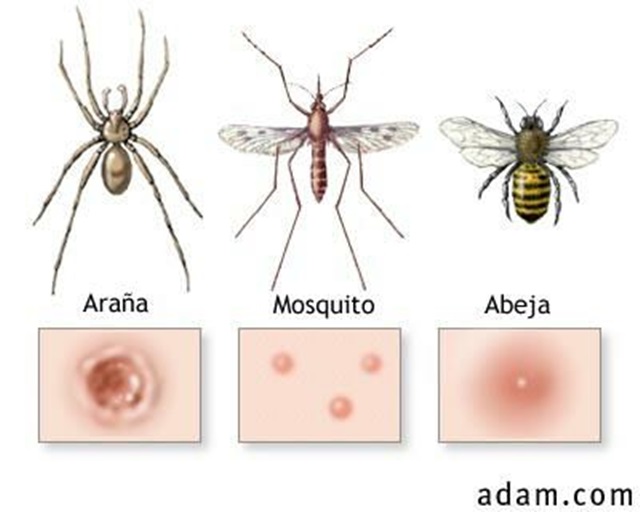
According to the American Academy of Allergy, Asthma & Immunology, there are more than 3,700 substances known to cause contact allergies. Avoiding triggers is a key part of managing contact dermatitis, along with thoroughly washing the affected area with soap and water after exposure happens.
Learn more about contact dermatitis here.
The human itch mite is responsible for scabies. This mite digs its way through the top layer of the skin and lays eggs. Its tunnels can sometimes be visible on the surface of the skin, where they appear as raised, crooked, skin colored lines. However, the most common symptom of scabies is itchy bumps on the skin. These are like mosquito bites, only smaller.
Sites of the body that this very itchy condition commonly affects include the wrists, the elbows, between the fingers, and behind the knees.
Treatment
Only a prescription lotion will treat scabies effectively, and individuals need to follow the application directions exactly. Anyone who has had extensive skin-to-skin contact with someone with scabies should also seek treatment.
Anyone who has had extensive skin-to-skin contact with someone with scabies should also seek treatment.
It is very important that people with scabies thoroughly wash and dry all of their clothes, towels, sheets, bedding, and other household items. Other remedies for scabies may also help.
Learn more about scabies here.
Also known as atopic dermatitis, this common condition causes itchy, red, irritated skin that can sometimes develop bumps. In the long term, it can make the skin thicker, scaly, and flaky, as well as causing it to change color.
Scratching makes eczema worse and increases the risk of infection. Eczema occurs due to a combination of genetic and environmental factors, which prompt the immune system to overreact to certain triggers, such as laundry soap or sweating. It typically affects the face, elbows, knees, scalp, and backs of the hands.
Treatment
According to the National Eczema Association, treating eczema calls for a mix of self-care, OTC drugs, and prescription medications. People with eczema can identify and learn to manage or avoid triggers for their outbreaks.
People with eczema can identify and learn to manage or avoid triggers for their outbreaks.
Changing bathing practices and using moisturizer can also help. Prescription lotions, systemic medications, UVB light, and biologics can address more severe symptoms.
Learn more about the different types of eczema here.
Skin problems, such as itchy bumps on the skin similar to mosquito bites, can range from mild to severe.
Some issues, including bed bug bites, can be fleeting, while others, such as allergic reactions to certain foods, are signs of a permanent condition. However, most skin problems generally respond well to treatment.
If the symptoms do not improve with self-care practices, people should see a medical professional to determine what is causing the outbreak and how to treat it.
What to do if bitten by a mosquito and everything itches and itches
Health
June 27
You don’t have to develop willpower.
Why mosquito bites itch so much
Mosquitoes pierce the skin with a special mouth apparatus and suck blood through it. At this time, their saliva, which contains proteins foreign to humans, enters the skin. The immune system reacts to this and inflammation sets in, which manifests itself as an itchy pink bump.
At this time, their saliva, which contains proteins foreign to humans, enters the skin. The immune system reacts to this and inflammation sets in, which manifests itself as an itchy pink bump.
Most people are slightly sensitive to mosquito saliva, so the reaction does not go beyond the bite. But for some, the immune system is more aggressive, so there is a lot of swelling, redness and soreness around. In this case, the temperature may rise, and the general condition may worsen.
How to relieve itching from mosquito bites
Although mosquito bites are very common, there is very little research on their treatment. The fact is that they heal so well: even if you do nothing, the discomfort from the bite will disappear in a couple of days. So scientists tend to focus on diseases that mosquitoes can carry.
This is why most recommendations are based on expert opinion and clinical experience.
Apply an ice cube
Ice slows down blood flow, which means it reduces the reaction to foreign protein – inflammation, pain, swelling and itching.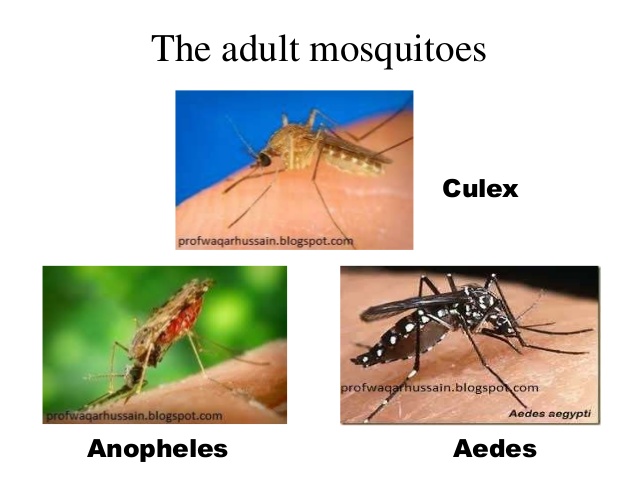 Therefore, apply an ice pack wrapped in a light towel to the bite for at least 10 minutes. Another option is to rub the bump with an ice cube for 30 seconds.
Therefore, apply an ice pack wrapped in a light towel to the bite for at least 10 minutes. Another option is to rub the bump with an ice cube for 30 seconds.
Wipe the bite with an alcohol wipe
Alcohol causes proteins in mosquito saliva to break down, so the reaction should be less. Of course, this will only help immediately after the bite.
Apply calamine lotion
Calamine lotion reduces itching, so may also be useful against mosquito bites.
Apply OTC steroid
Corticosteroids reduce immune response. Therefore, inflammation, itching and pain at the bite sites become less. Apply a very thin layer of cream, such as a hydrocortisone-based cream, spot on the bite.
Apply Antihistamine Ointment
Histamine is a chemical released by immune system cells when it encounters an allergen. So apply antihistamine ointment on the bites to help reduce itching.
Take an over-the-counter antihistamine
For more severe reactions or more bites, you can take an over-the-counter antihistamine to reduce symptoms.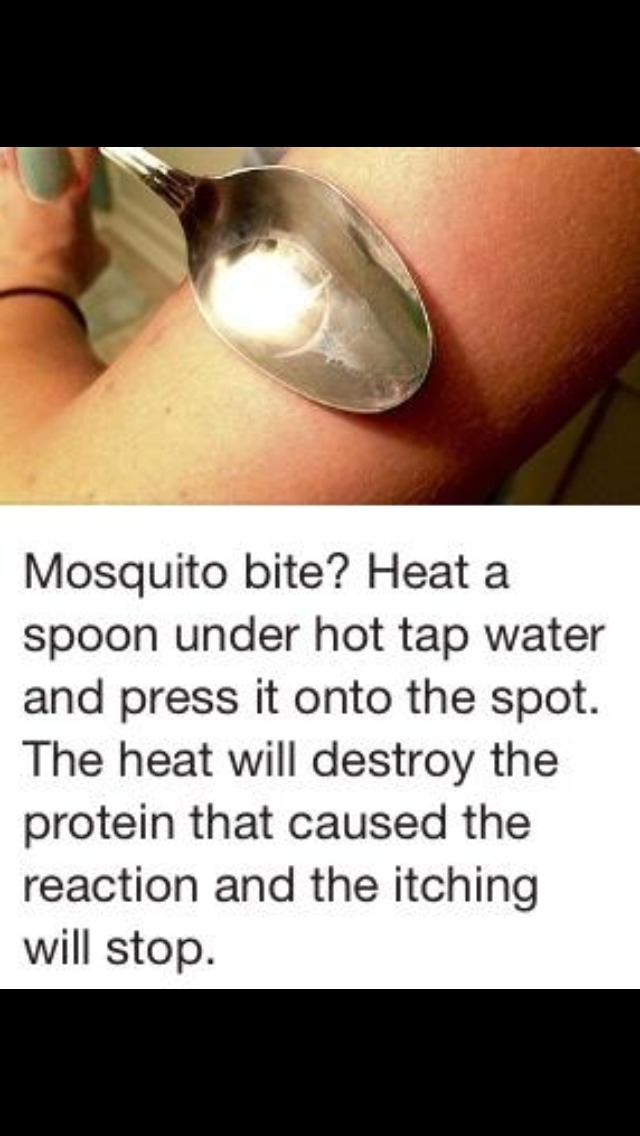
What folk methods can work
These methods have not been tested by scientists to reduce itching from bites. But some of this is used in other situations, and some of it has been tested by experience. So if they help you, use them.
Attach tea bag
The easiest way to apply to the bite is a tea bag that has been wrung out and cooled. You should not use a new one, so that it does not stain the skin.
In addition to ordinary tea, you can take chamomile, as it contains terpenoids and flavonoids, which have antioxidant and antihistamine properties.
Press the sachet against mosquito bites for 10 minutes and then wipe off any remaining tea with a clean towel. You can then put the bag in the refrigerator to make such compresses during the day.
Apply tea tree oil
Tea tree oil reduces inflammation and is said to help with mosquito bites. Remember that it is better not to abuse it, as it can lead to irritation, an allergic reaction and contact dermatitis.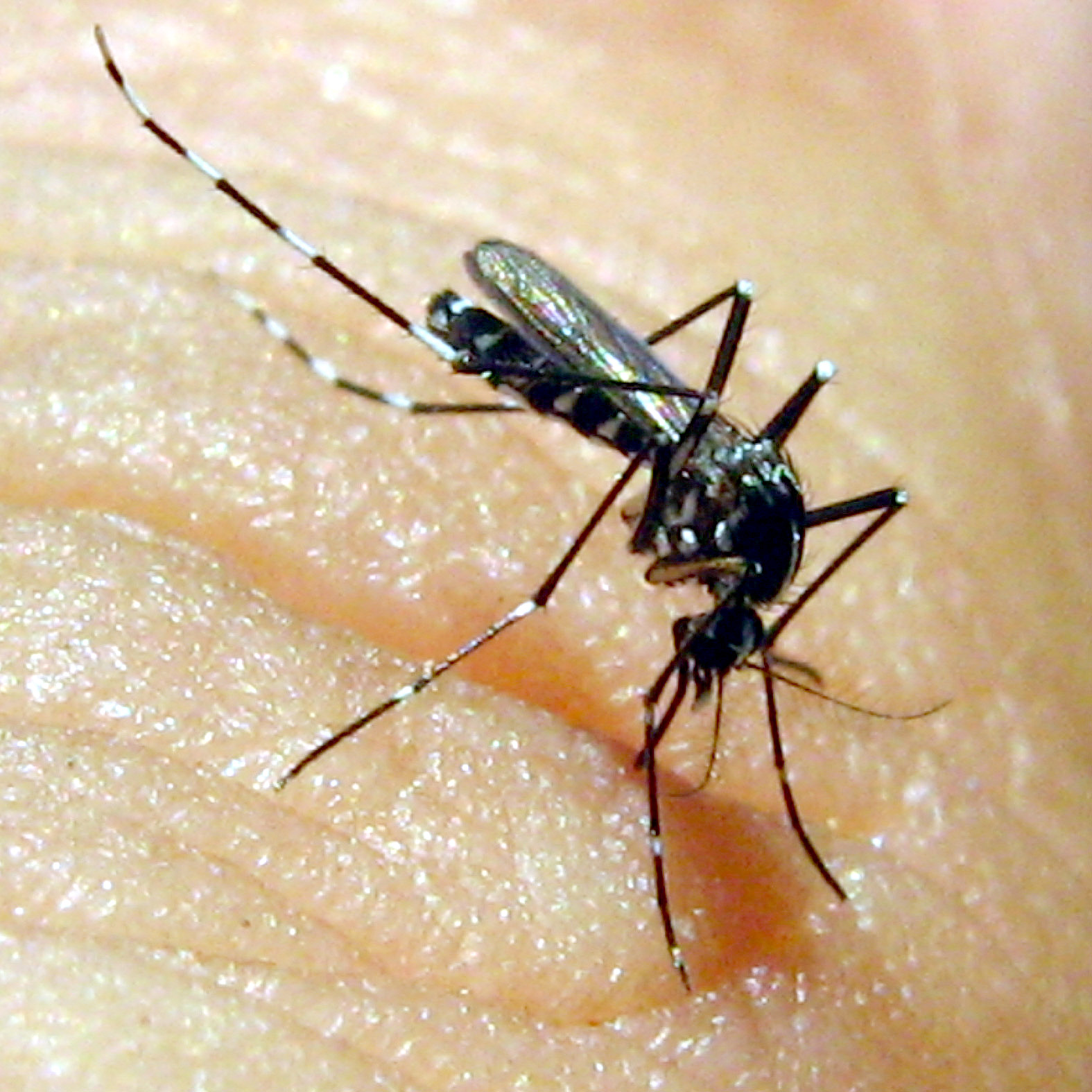
Apply baking soda paste
Add just a little water to baking soda to make a paste. It must be applied pointwise to the bites so that they do not itch so much.
Wipe the bite with vinegar
This substance can also destroy proteins from mosquito saliva, so you can wipe a completely fresh puncture with it.
Apply Aloe Vera Gel
Aloe Leaf Gel contains salicylic acid to help reduce itching and pain. So try spotting it on the bite.
Brush the bite with honey
Honey contains the catalase enzyme, which breaks down protein. Therefore, it can reduce inflammation slightly. In general, anoint the bites with honey, and cover the top with gauze so that nothing sticks to you.
Apply oatmeal
Gluten is said to soothe the skin. Therefore, you can grind the cereal in a blender, and then mix it with a little water to make a thick paste. It must be applied to the bite.
Apply pressure to the bite
Sounds strange, but pressure on the bite helps reduce itching. Someone generally makes two dents in the shape of a cross with a fingernail and thinks that this is the best way. Try different options, but try not to scratch the skin to the point of bleeding.
Someone generally makes two dents in the shape of a cross with a fingernail and thinks that this is the best way. Try different options, but try not to scratch the skin to the point of bleeding.
Grate the bite with an onion or banana
Not sure if it will help, but you can try. True, it is better not to leave onion juice on sensitive skin for a long time, because it can cause irritation.
Pat the bite
Instead of scratching, pat the bite. There is an opinion that in this way you will deceive the brain: it will think that you have scratched yourself.
Apply a hot spoon
Heat is thought to help break down proteins in saliva, but immunologist Catriona Nguyen-Robertson says it’s more likely that you’re shifting your focus away from itching again.
You should be careful with this method: if you overdo it, you may get burned.
When to see a doctor about mosquito bites
See a doctor if:
- your general condition worsens and flu-like symptoms develop;
- you are concerned about an excessive skin reaction;
- bites do not go away after a few days, but rather increase in size;
- you have damaged the bite, and an infection has developed there – it is red, sore, maybe there is a discharge.

Read also 🧐
- How to get rid of mosquitoes in the area
- 7 reasons why you are attractive to mosquitoes
- How to choose the right mosquito repellent for children
7 signs of skin cancer that no one pays attention to
Everyone knows that if a mole has changed size or color, you need to urgently run to an oncologist. But it happens that the body gives much less obvious signals that may indicate a malignant skin tumor.
16,000 Britons are diagnosed with skin cancer every year, and 2,500 of them eventually die, reports the Mirror. The good news is that 80 to 100 percent of cases found in stage 1 or 2 are easily treatable. How not to overlook the tumor, said dermatologist Ross Perry.
1. Unexplained scars
Basalioma. Photo © Wikimedia Commons
If out of nowhere you have a scar that grows in size, this may be a sign of a basalioma. It occurs on areas of the skin that are exposed to intense sun exposure. The scar may look like a waxy thickening. This is the most common form of skin cancer, but, fortunately, the least dangerous if detected early.
The scar may look like a waxy thickening. This is the most common form of skin cancer, but, fortunately, the least dangerous if detected early.
2. Eruptions on the eyelids
Basalioma on the eyelid. Photo © BOPSS
Eyelid malignancies may be brown, black, red, or flesh-colored. They can be hard to the touch, itchy and painful, or shiny and waxy. It is important to record all the changes that occur to them. To protect your eyelids from ultraviolet light, you need to wear sunglasses or a hat, and use sunscreen.
3. Black spots under nails
Subungual melanoma. Video screenshot: YouTube / The Doctors
Subungual melanoma can easily be confused with a bruise. Most often, it occurs under the thumbnail as a result of regular injury to this area. If left untreated, subungual melanoma can spread to other parts of the body.
4. Itching of the scalp
Squamous cell carcinoma. Photo © Brown University
If your head is constantly itching, take a close look at the skin under your hair. Scalp cancer is more common in men and there are three types. Firstly, it is a basalioma, but it is rare and not so dangerous. The second form is squamous cell carcinoma. It affects fair-skinned people who are often exposed to the sun, and appears as scaly red spots, open sores, rough, thickened, or warty areas of the skin, and raised, dimpled growths. But the most dangerous form is melanoma, and it looks like a normal mole.
Scalp cancer is more common in men and there are three types. Firstly, it is a basalioma, but it is rare and not so dangerous. The second form is squamous cell carcinoma. It affects fair-skinned people who are often exposed to the sun, and appears as scaly red spots, open sores, rough, thickened, or warty areas of the skin, and raised, dimpled growths. But the most dangerous form is melanoma, and it looks like a normal mole.
5. Non-healing ulcers
Basalioma. Photo © Wikimedia Commons
These sores can look lumpy, dry and scaly. They can also itch and bleed. All these signs indicate the risk of developing basalioma.
6. Non-healing “insect bites”
Site of mosquito bite. Photo © Wikimedia Commons
Red bumps, which in the warm season can easily be mistaken for mosquito bites, can actually be something much more serious. If they have not gone away even after a few weeks, you should go to the doctor to rule out the risk of developing skin cancer.

